Share your results
Please enter your email
Results shared!
We've sent a link to your email so you can access your results at any time.
It’s important to maintain healthy eating habits as you age. Here are some tips to make planning, preparing, and cooking healthy meals easier.
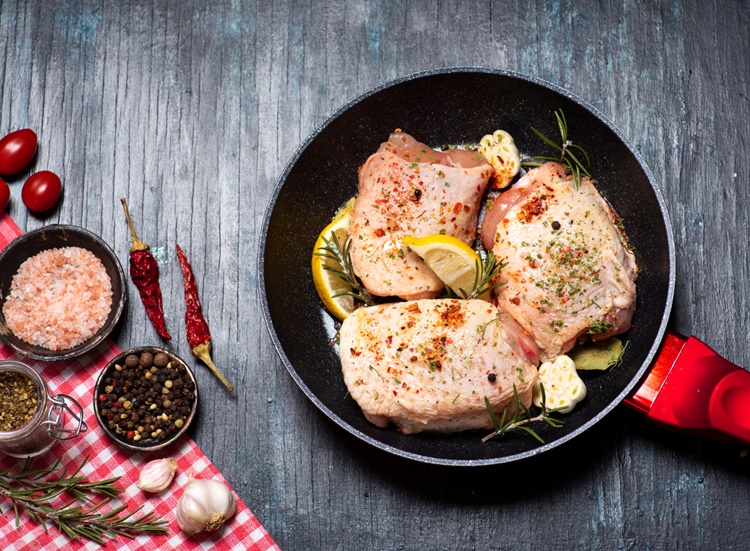
Cooking healthy meals as you age can be simple and sustainable. Here's how:
By combining these strategies, you can save time and money in the kitchen while getting the essential nutrients your body needs.
Cooking healthy meals as you age can be simple and sustainable. Here's how:
By combining these strategies, you can save time and money in the kitchen while getting the essential nutrients your body needs.
Read less...Meal planning focuses on what you'll eat, when you'll eat it, and what ingredients you'll need to buy. This helps you map out a nutritious and manageable menu for the week.
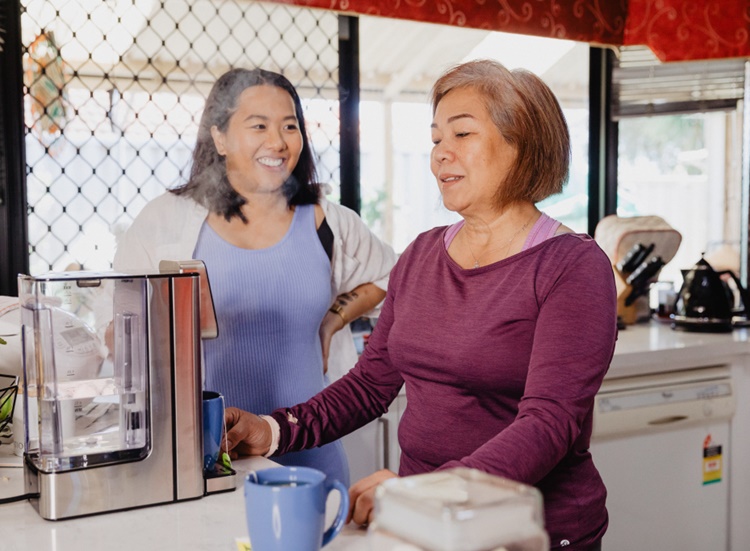
Here are 5 tips for creating an easy meal plan:
Choose a day to select recipes for the upcoming week. Plenty of websites offer healthy recipe ideas to inspire you.
Start by checking your pantry for what you already have. Plan your meals based on these ingredients, then list what you need to buy. This way, you can shop efficiently and get everything you need in one trip.
Here are 5 tips for creating an easy meal plan:
Choose a day to select recipes for the upcoming week. Plenty of websites offer healthy recipe ideas to inspire you.
Start by checking your pantry for what you already have. Plan your meals based on these ingredients, then list what you need to buy. This way, you can shop efficiently and get everything you need in one trip.
Read less...
When creating your meal plan, consider your dietary requirements as well as your preferences.
Aim for a variety of whole foods, while minimising highly processed items high in added sugars, salt, or unhealthy fats.
Include plenty of fruits and vegetables. This ensures you get your essential vitamins and minerals, such as calcium and vitamin D, along with enough fibre and protein. You can read about where to find these nutrients here.
For personalised advice, consult with your doctor or dietitian.
When creating your meal plan, consider your dietary requirements as well as your preferences.
Aim for a variety of whole foods, while minimising highly processed items high in added sugars, salt, or unhealthy fats.
Include plenty of fruits and vegetables. This ensures you get your essential vitamins and minerals, such as calcium and vitamin D, along with enough fibre and protein. You can read about where to find these nutrients here.
For personalised advice, consult with your doctor or dietitian.
Read less...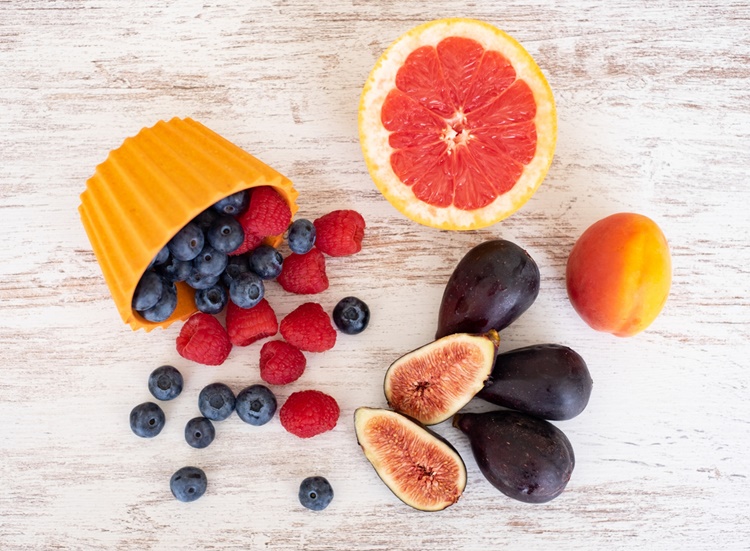
You can keep your meals interesting by rotating themes and cuisines. For example, plan for seafood on Monday and poultry on Tuesday. Consider rice with lunch and cous-cous with dinner. Change up the fruits and veggies you include every day. You can also switch between bakes, roasts, and stir-fries throughout the week.
If you enjoy snacks, incorporate healthy, nutrient-dense options into your meal plan. Consider foods like nuts, carrot sticks with hummus, yogurt with fruit, or dried figs with cheese.
You can keep your meals interesting by rotating themes and cuisines. For example, plan for seafood on Monday and poultry on Tuesday. Consider rice with lunch and cous-cous with dinner. Change up the fruits and veggies you include every day. You can also switch between bakes, roasts, and stir-fries throughout the week.
If you enjoy snacks, incorporate healthy, nutrient-dense options into your meal plan. Consider foods like nuts, carrot sticks with hummus, yogurt with fruit, or dried figs with cheese.
Read less...Now you have your plan, you can also take steps to prepare your meals or ingredients ahead of time.
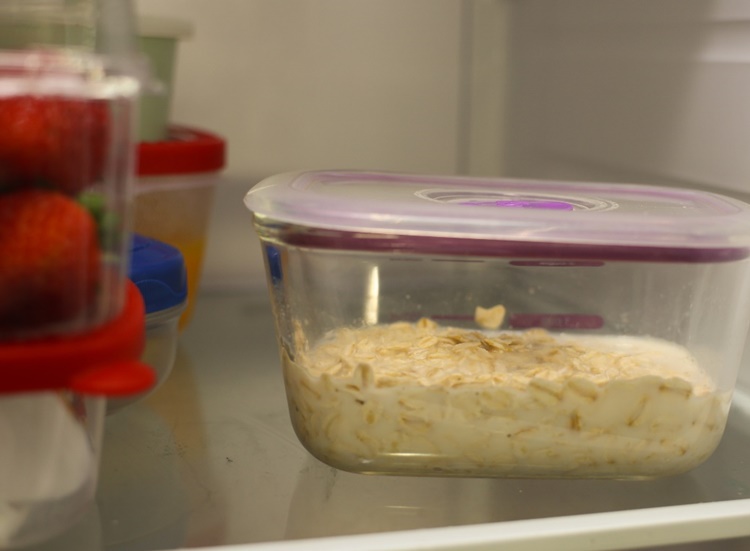
Meal prep can include preparing and storing your ingredients for quick assembly later. For example, washing and chopping veggies, and storing them in the fridge to be cooked in a couple days.
You could use one day a week to cook, portion, and store multiple meals for stress-free eating throughout the week. Cooking large quantities for storing and eating later is called batch cooking. It can be helpful if you have trouble cooking small servings for one or two people.
Meal prep can include preparing and storing your ingredients for quick assembly later. For example, washing and chopping veggies, and storing them in the fridge to be cooked in a couple days.
You could use one day a week to cook, portion, and store multiple meals for stress-free eating throughout the week. Cooking large quantities for storing and eating later is called batch cooking. It can be helpful if you have trouble cooking small servings for one or two people.
Read less...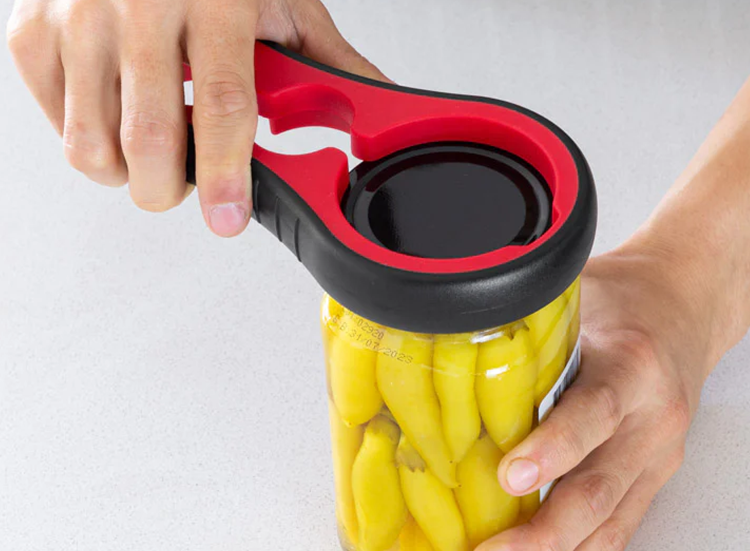
Here are 5 tips for storing your ingredients and meals safely and efficiently:
If you’re cooking in smaller quantities, stock up on shelf-stable and frozen items.
Canned and frozen fruits and vegetables keep their nutrients and last longer. Still, it's important to pay attention to use-by dates.
Always follow storage instructions on canned and packaged goods once opened.
Here are 5 tips for storing your ingredients and meals safely and efficiently:
If you’re cooking in smaller quantities, stock up on shelf-stable and frozen items.
Canned and frozen fruits and vegetables keep their nutrients and last longer. Still, it's important to pay attention to use-by dates.
Always follow storage instructions on canned and packaged goods once opened.
Read less...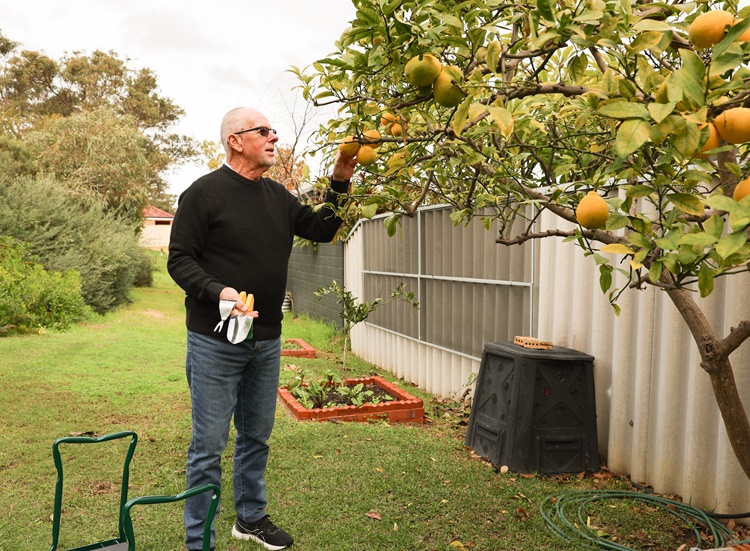
For fresh, un-chopped greens, wrap them in a damp paper towel and store them in the fridge’s crisper drawer. This keeps them fresh longer. Once cut, store them in covered containers.
Always check use-by dates and be mindful of high-risk foods, such as:
Keep high-risk foods below 5°C or above 60 °C. This reduces your risk of food poisoning. Store foods according to label instructions. Use chopping boards or sheets and avoid contaminating your kitchen surfaces or other foods.
For fresh, un-chopped greens, wrap them in a damp paper towel and store them in the fridge’s crisper drawer. This keeps them fresh longer. Once cut, store them in covered containers.
Always check use-by dates and be mindful of high-risk foods, such as:
Keep high-risk foods below 5°C or above 60 °C. This reduces your risk of food poisoning. Store foods according to label instructions. Use chopping boards or sheets and avoid contaminating your kitchen surfaces or other foods.
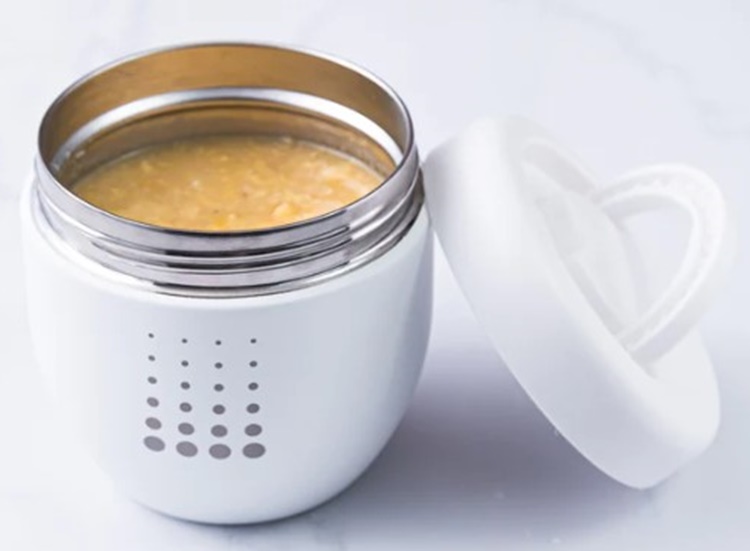
If you often cook more than you can eat, batch cooking could be for you. You can prepare large quantities and freeze the leftovers for later. Simply store your desired portions in separate containers for easy reheating.
Remember to label your frozen leftovers with their contents and the date you froze them. This helps you keep track of your inventory and avoid freezer burn.
You can also reinvent your meals when you defrost them. Enjoy them with new dressings or side salads. If you have puff pastry, consider turning your frozen bolognese into a pie filling!
It's important to avoid freezing foods that have already been thawed. Check the labels of meats, seafoods, and other goods that may have been thawed already, to see if they’re safe to freeze.
If you often cook more than you can eat, batch cooking could be for you. You can prepare large quantities and freeze the leftovers for later. Simply store your desired portions in separate containers for easy reheating.
Remember to label your frozen leftovers with their contents and the date you froze them. This helps you keep track of your inventory and avoid freezer burn.
You can also reinvent your meals when you defrost them. Enjoy them with new dressings or side salads. If you have puff pastry, consider turning your frozen bolognese into a pie filling!
It's important to avoid freezing foods that have already been thawed. Check the labels of meats, seafoods, and other goods that may have been thawed already, to see if they’re safe to freeze.
Read less...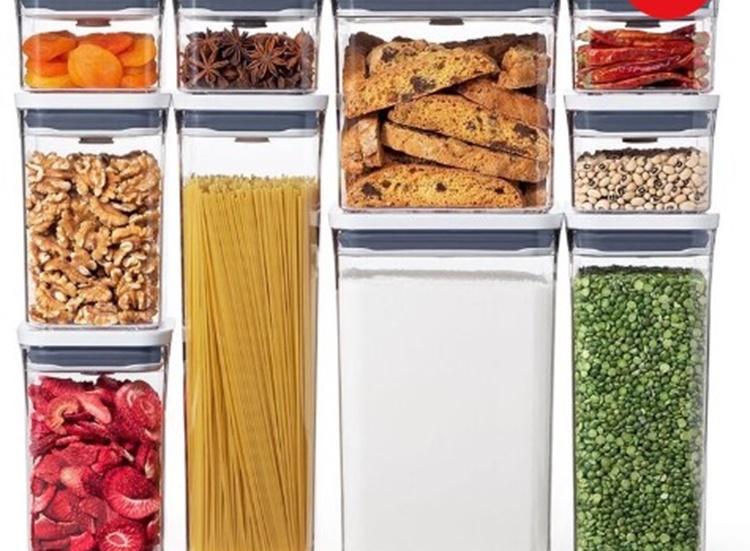
Always store food in covered containers. You can buy them from places like IKEA or Kmart.
For the fridge and pantry, use airtight containers (plastic or glass).
For freezing, both flexible bags and rigid containers work well. Strong glass containers with leak-resistant lids are the most durable. These are generally safe for oven and microwave use, too (without the lid).
It's not always safe to move a container straight from the freezer to the oven or microwave, so check the manufacturer’s instructions before doing so.
Always store food in covered containers. You can buy them from places like IKEA or Kmart.
For the fridge and pantry, use airtight containers (plastic or glass).
For freezing, both flexible bags and rigid containers work well. Strong glass containers with leak-resistant lids are the most durable. These are generally safe for oven and microwave use, too (without the lid).
It's not always safe to move a container straight from the freezer to the oven or microwave, so check the manufacturer’s instructions before doing so.
Read less...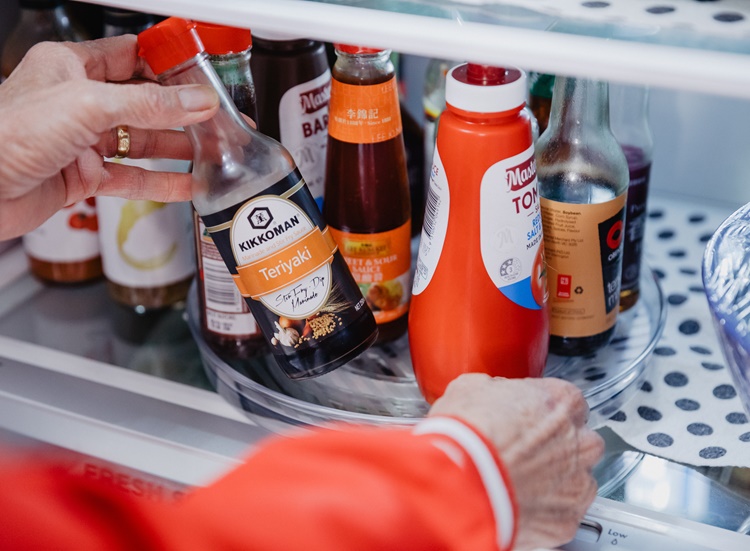
Putting your food in containers that aren't too big will help you to store them more efficiently.
You can use a turntable in your fridge to make it easier to store and reach items.
If you don't have a lot of freezer space, consider freezing your food in compact containers or flexible bags.
For example, you can fill a resealable bag with soup and lay it flat in the freezer. It will freeze in a thin flat shape that doesn’t take up as much space. Simply move it to the fridge in the morning to defrost in time for dinner.
Putting your food in containers that aren't too big will help you to store them more efficiently.
You can use a turntable in your fridge to make it easier to store and reach items.
If you don't have a lot of freezer space, consider freezing your food in compact containers or flexible bags.
For example, you can fill a resealable bag with soup and lay it flat in the freezer. It will freeze in a thin flat shape that doesn’t take up as much space. Simply move it to the fridge in the morning to defrost in time for dinner.
Read less...Planning and prepping your food can make cooking healthy meals much simpler. You can make it even easier with the right cooking methods, recipes, and resources.

Here are 5 tips to make cooking healthy meals easier:
Consider healthier cooking methods like steaming, grilling, and baking. If you prefer frying, consider using less oil, opting for non-stick pans, or trying an air fryer.
Investing in helpful kitchen tools and appliances can make cooking easier. These gadgets can save you time and pain. For example, you can chop your ingredients with an automatic chopper or a chopper and board that's easy on your wrists and fingers.
Here are 5 tips to make cooking healthy meals easier:
Consider healthier cooking methods like steaming, grilling, and baking. If you prefer frying, consider using less oil, opting for non-stick pans, or trying an air fryer.
Investing in helpful kitchen tools and appliances can make cooking easier. These gadgets can save you time and pain. For example, you can chop your ingredients with an automatic chopper or a chopper and board that's easy on your wrists and fingers.
Read less...
For your inspiration, we have 3 healthy breakfast ideas. You can also try these 3 simple but hearty meals. Other wonderful resources include the Heart Foundation’s recipe e-books and Eat for Health’s healthy recipes.
When following recipes, don't be afraid to substitute ingredients for ones that suit you better. For example, you can use wholegrain instead of white bread when called for, or tzatziki in place of mayonnaise.
Most recipes plan to serve 4 to 6 people, but you can adjust this to feed just 1 or 2 as you need. For instance, if a recipe calls for a half cup of tomatoes and you want to make half the quantity, you’ll only need a quarter cup.
For your inspiration, we have 3 healthy breakfast ideas. You can also try these 3 simple but hearty meals. Other wonderful resources include the Heart Foundation’s recipe e-books and Eat for Health’s healthy recipes.
When following recipes, don't be afraid to substitute ingredients for ones that suit you better. For example, you can use wholegrain instead of white bread when called for, or tzatziki in place of mayonnaise.
Most recipes plan to serve 4 to 6 people, but you can adjust this to feed just 1 or 2 as you need. For instance, if a recipe calls for a half cup of tomatoes and you want to make half the quantity, you’ll only need a quarter cup.
Read less...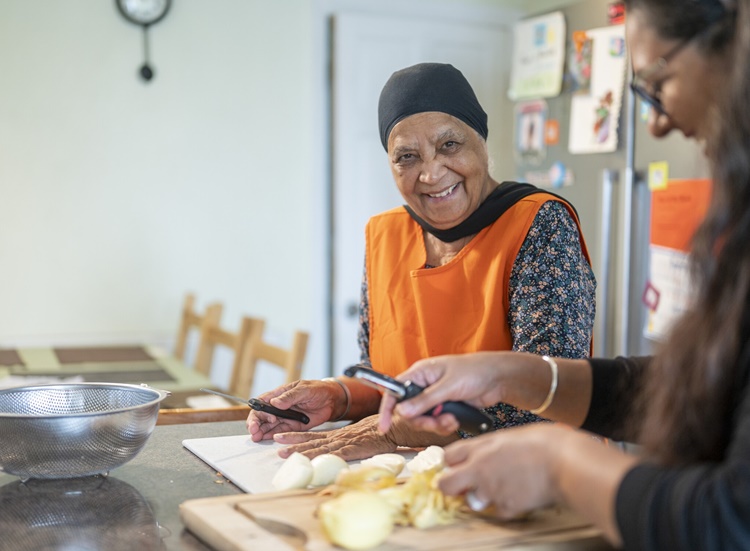
Join a cooking class to learn new recipes and meet new friends. It's a great way to stay connected with your community and make cooking more fun. You can find classes that teach specific dishes or cuisines and choose what interests you most.
Join a cooking class to learn new recipes and meet new friends. It's a great way to stay connected with your community and make cooking more fun. You can find classes that teach specific dishes or cuisines and choose what interests you most.
Eating well is a big part of taking charge of your health as you age, but it doesn’t have to be complicated. With a little planning, preparation, and smart cooking, you can enjoy healthy, delicious meals.
Take our easy OpenUp quiz to get personalised advice and see suggested products, services and support in your local area or online.
Let's go!